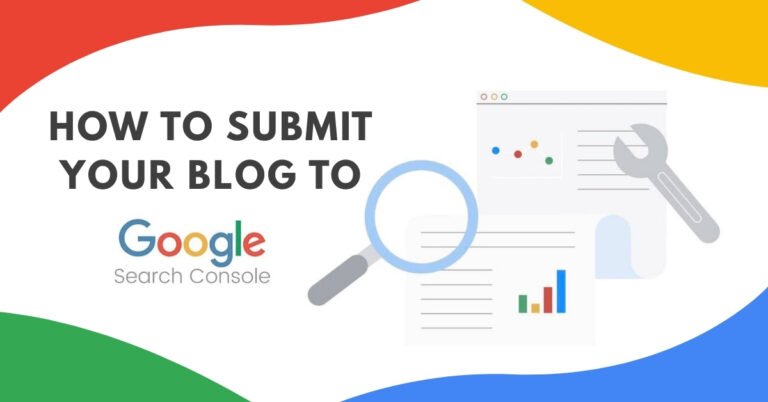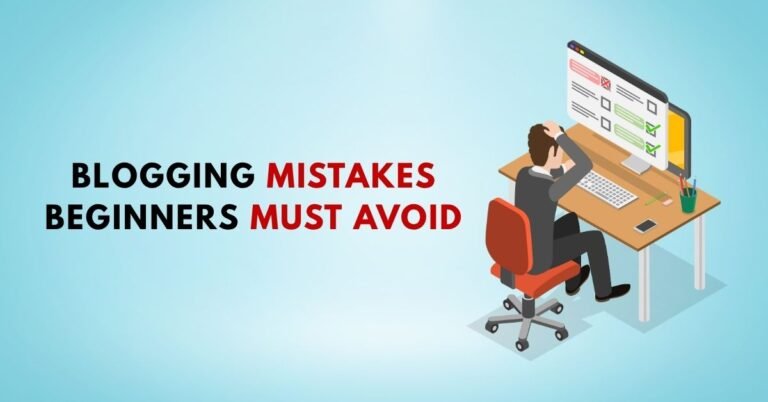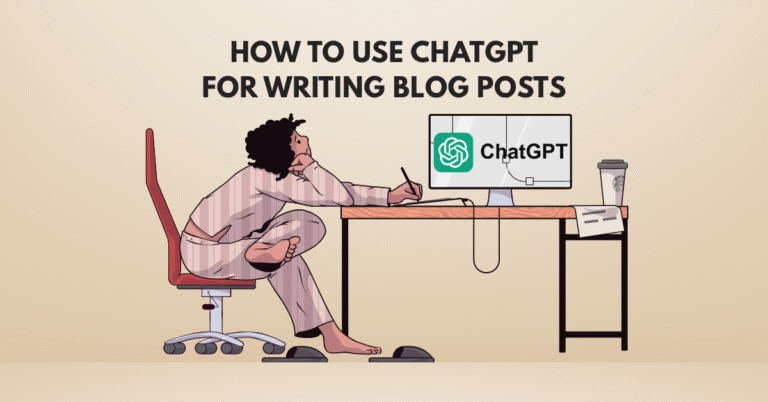Beginner’s Guide to Creating Headlines That Rank and Get Clicks
Blog titles are more than just headlines — they’re your blog post’s first impression on both search engines and readers. In the world of blogging, a compelling and SEO-friendly title can mean the difference between a post that goes viral and one that never gets seen.
In this comprehensive guide, you’ll learn exactly how to write SEO-friendly blog titles that help your content rank higher in Google, increase click-through rates, and grow your blog traffic — even if you’re just starting out.
Why Blog Titles Matter for SEO and Clicks
Before we dive into the tactics, let’s understand why blog titles are so critical:
- First impression on Google: Your blog title shows up in search results, so it’s the first thing users see.
- Click-through rate (CTR): A catchy title can dramatically improve your CTR.
- SEO signal: Titles tell Google what your content is about.
- Social media performance: Better titles perform better on platforms like Facebook, Pinterest, and Twitter.
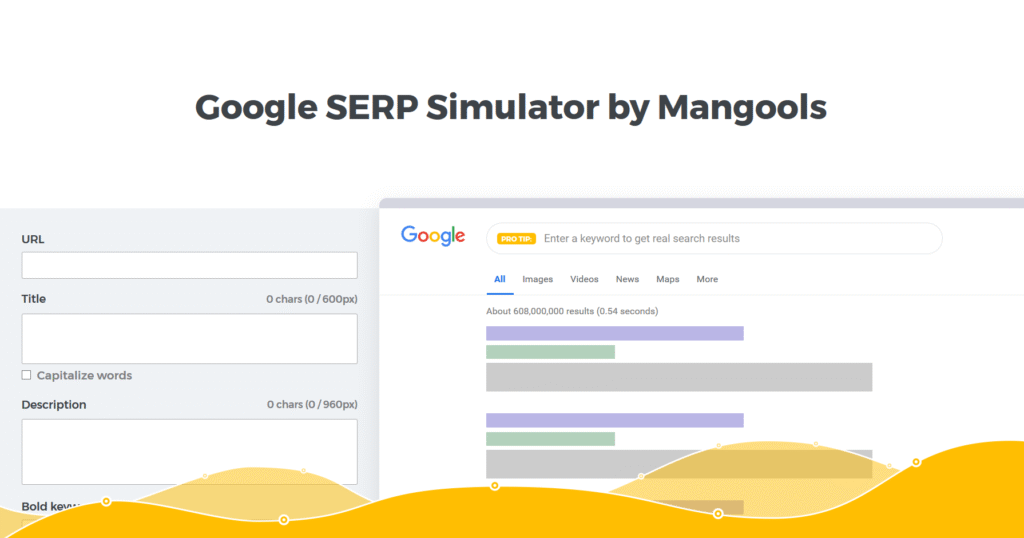
What Makes a Blog Title SEO-Friendly?
Here’s what defines an SEO-friendly blog title:
- Contains your primary keyword
- Matches search intent
- Clear and concise
- Compelling and curiosity-inducing
- Uses power words and emotional triggers when possible
- Avoids keyword stuffing

Start with Keyword Research
Your title should always include your target keyword — the phrase you want to rank for on Google.
How to Find Keywords for Your Title:
- Use tools like Ubersuggest, Ahrefs, or Google Keyword Planner
- Look at Google autocomplete suggestions
- Check what titles are ranking for your topic
- Use long-tail keywords for more specific targeting
Example:
If your blog post is about blog traffic tips, instead of “How to Get Traffic,” go with:
“10 Proven Ways to Drive Blog Traffic (Even as a Beginner)”
Understand the Reader’s Search Intent
Ask yourself: What is the reader looking for when they search this term?
Search intent typically falls into:
- Informational: Looking for knowledge or tips
- Navigational: Looking for a specific site or brand
- Transactional: Ready to take action or buy something
Match your blog title with the user’s intent to improve relevance and ranking.
Use Numbers, Lists, and Power Words
People love listicles and data. It gives them a clear idea of what to expect.
Examples:
- 7 Tips for Writing Blog Titles That Rank on Google
- 10 SEO Title Hacks That Drive More Traffic
Power words trigger emotion and urgency:
- Proven, Ultimate, Secret, Easy, Effective, Step-by-Step
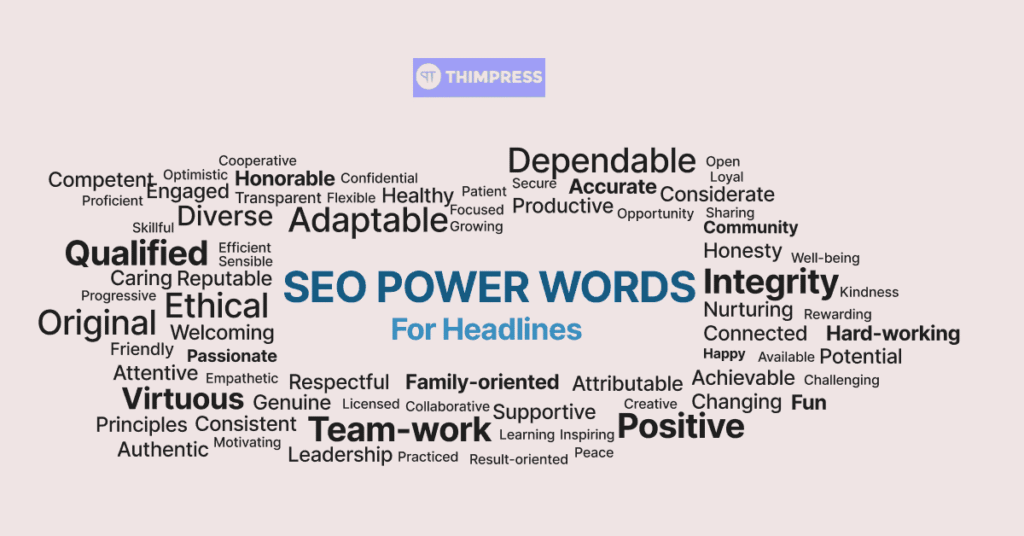
Keep It Under 60 Characters
Google typically cuts off titles longer than 60 characters on the search engine results page (SERP).
Ideal Length:
- 50–60 characters
- 6–10 words
Use tools like https://serpsim.com to preview how your title looks on Google.
Make It Click-Worthy (But Honest)
Avoid clickbait. Your title should spark curiosity, but also deliver what it promises.
Good vs. Bad Example:
Bad: “You Won’t Believe What Happened to My Blog!”
Better: “How I Grew My Blog from 0 to 10K Visitors in 3 Months”
Use Brackets or Parentheses for Additional Impact
Adding brackets can make your title stand out in a crowded SERP.
Examples:
- How to Start a Blog [Step-by-Step Guide]
- 15 SEO Tips for Beginners (2025 Edition)
A/B Test Your Titles
Even small tweaks to your title can result in big traffic gains.
Tools for A/B Testing Blog Titles:
- Thrive Headline Optimizer
- CoSchedule Headline Analyzer
- Google Optimize (for advanced users)
Test different versions to see what resonates best with your audience.
Avoid These Common Blog Title Mistakes
Mistake 1: Keyword stuffing
Mistake 2: Being too vague or generic
Mistake 3: Ignoring search intent
Mistake 4: Making it too long
Mistake 5: Writing just for SEO — forgets the reader
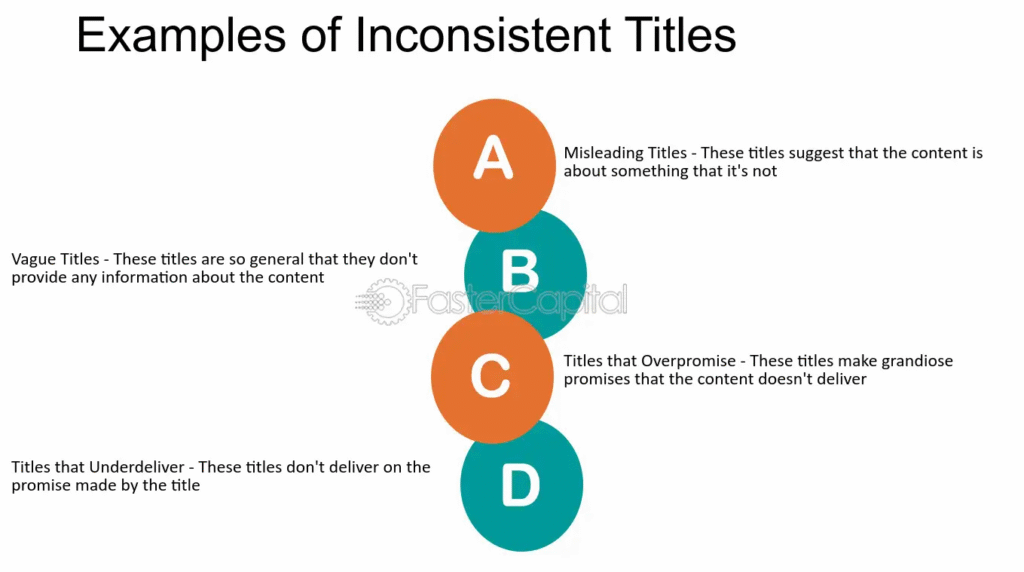
Use Headline Analyzers for Optimization
These free tools help rate the effectiveness of your titles:
Blog Title Examples That Are SEO-Friendly
Here are real examples you can model:
- How to Start a WordPress Blog (Beginner’s Guide)
- 7 Simple SEO Tips to Rank Higher on Google
- 15 Blog Post Ideas for New Bloggers
- Ultimate Guide to WordPress Settings for Beginners
- Blogging for Beginners: How to Write Your First Post
- 10 Mistakes Every New Blogger Should Avoid
- How I Made My First $100 Blogging (Case Study)
- The Complete SEO Checklist for 2025
- Blogging Tools I Use to Grow My Blog Fast
- What Is On-Page SEO? A Beginner’s Guide
- 12 Proven Ways to Get Blog Traffic Fast
- How to Structure a Blog Post That Converts
- 9 Free SEO Plugins for WordPress Bloggers
- How to Write Meta Descriptions that Rank
- Top 10 Blogging Niches That Make Money
SEO Blog Title Template Formulas
Use these fill-in-the-blank title formulas for endless inspiration:
- How to [Achieve a Result] in [Time Period]
- [Number] [Things/Tips] You Need to Know About [Topic]
- The [Adjective] Guide to [Topic]
- [Topic]: Everything Beginners Need to Know
- Why [Common Belief] Is Wrong (and What to Do Instead)
Internal Linking Opportunities (For WordPress Blogs)
Link to related internal content such as:
- How to Write a Blog Post That Ranks on Google
- Essential WordPress Settings After Installation
- SEO Plugins for WordPress Beginners
Conclusion: Your Title is Your First SEO Step
Writing SEO-friendly blog titles is one of the simplest but most powerful ways to increase your blog’s visibility, get more clicks, and keep readers engaged. It’s not about tricking Google — it’s about making it easy for both search engines and people to understand your content.
Take the time to research, test, and refine your titles. The payoff is worth it.
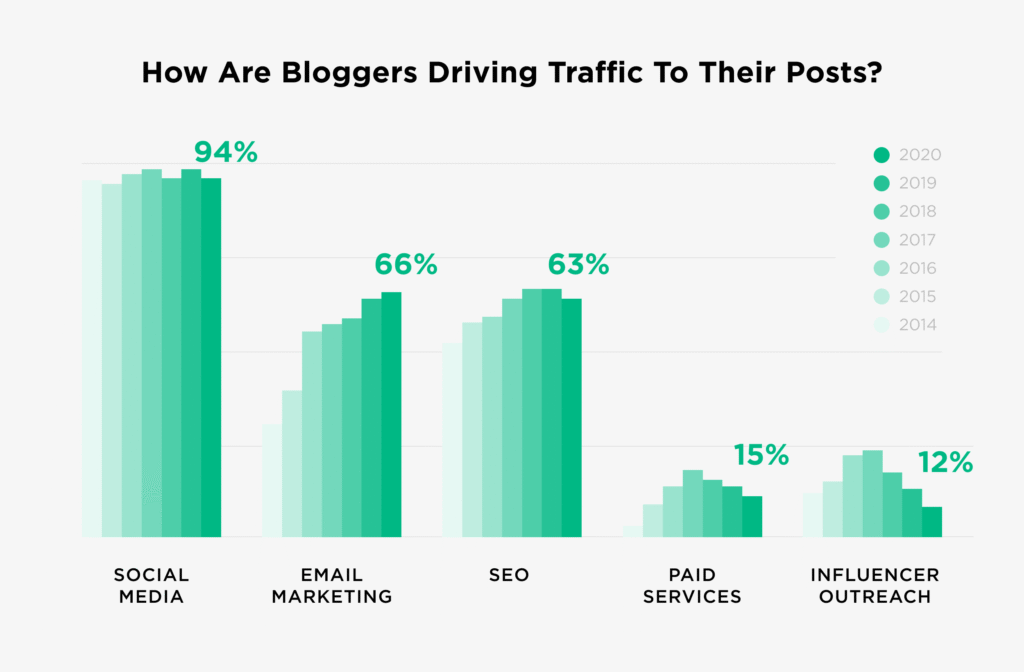
Frequently Asked Questions (FAQ)
Just once, naturally. Avoid keyword stuffing.
Aim for 50–60 characters to avoid being cut off in search results.

